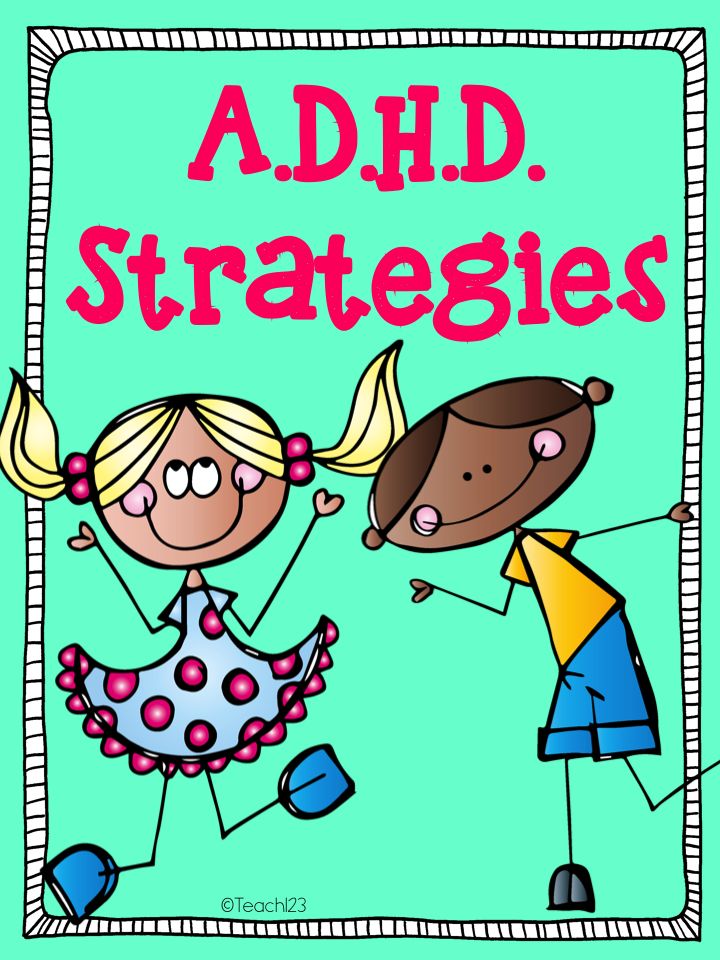Special Education teacher, Jodi Jeanette recently took Learners Edge Course 5027: ADHD: Focusing, Learning and Teaching and compiled a visual which illustrates techniques that might be used to address these behaviors and reinforcers which can be used upon viewing corrected behaviors. Check out her charts below and use them to help better manage kids with ADHD in your classroom.
Category A (physically aggressive/dangerous behaviors)
|
Behavior Needing Correction: |
Ignore or time out appropriate?: |
Reward(s) or reinforce(s): |
|
Pushing the line |
Time out |
Appropriate behavior in line could result specific complement first, and then eventually line leader privileges if prolonged. |
|
Kicking another student under the table. |
Time out |
Thank student when being safe, long term safety could result in free choice of seat or sit at teacher desk. |
|
Throwing books |
Ignore if students are not at risk; time out if throwing books towards peers |
Thumbs up for safe handling, and choose the read-aloud book after prolonged safe handling. |
|
Punching Students |
Time out |
Thank student when being safe, long term safety could result in time manipulating clay/play doh for sensory stimulation. |
Category B (annoying and non compliantbehaviors)
|
Behavior Needing Correction: |
Ignore or time out appropriate: |
Rewards(s) or reinforce(s): |
|
Banging hands on the table |
Either, depending on the force being used and if the student might hurt themselves. |
Tell student of their positive contributions to the classroom environment. |
|
Blurting out answers |
Ignore |
Call on student often when demonstrating appropriate behaviors. Invite them to model problems or “be the teacher” at the whiteboard after prolonged improvement. |
|
Interrupting |
Ignore |
Initiate conversations with the student; allow for social free time to demonstrate and practice; praise throughout. |
|
Refusing to initiate work |
Ignore |
Nice notes home to family on days where there are improvements. Tangible prize for prolonged improvements (pencils, gum, popcorn, etc). |
With a clear plan for addressing and correcting behaviors, a teacher would be better prepared for immediately responding to behaviors, and supporting students in their journey towards self-improvement.
Techniques and Strategies for Distractibility at School
|
Strategy |
Reasoning |
|
Clearly establish/post rules and expectations |
Knowing being on task is expected of all kids may help the student know that any time the teacher prompts them or attempts to correct their behaviors, it is because she is helping her adhere to the expectations |
|
Reward time on task with fun motor breaks | Providing students with miniature “recess breaks” where they can exercise some of her energy off will help them focus afterwards. |
|
Allow for periods of work time with a peer |
Obviously a peer would not be expected to monitor another student’s behavior, but there would be a good possibility that a little bit of engagement with a peer would help the student think that school was a tad less boring, and would hold their attention for a longer period of time. |
|
Use intentional engagement; probe/question the student often. | Keeping the student on their toes by actively engaging then will let them know that her attention (and opinion) are valued. Make sure the student is praised for their ability to respond to the probes and questions, and forgive times when they are not able to. |
|
Use multimodal instruction that is heavy with visual supports. | Use visuals to specifically display information only related to what is being specifically discussed. This could help the student easily refocus after periods of distraction. |
The best part of these strategies is that several of them would be beneficial as whole class strategies. Many students would benefit from movement breaks, cooperative learning opportunities and multimodal instruction. Through the focus of these interventions and supports would be implemented in order to provide relief from ADHD symptoms, and would likely also improve the environment for all.
For more suggestions on how best to help students with ADD/ADHD succeed in your classroom register for Course 5027:ADHD: Focusing, Learning Teaching. This online course for teachers will shed some light on the questions/issues you likely struggle the most with, and help you better meet the needs of students. This course will explore such issues as diagnosis, recommended interventions and methods for increasing appropriate behaviors. And discover some relaxation and stress management techniques for you- the educator- to help you along the way.







